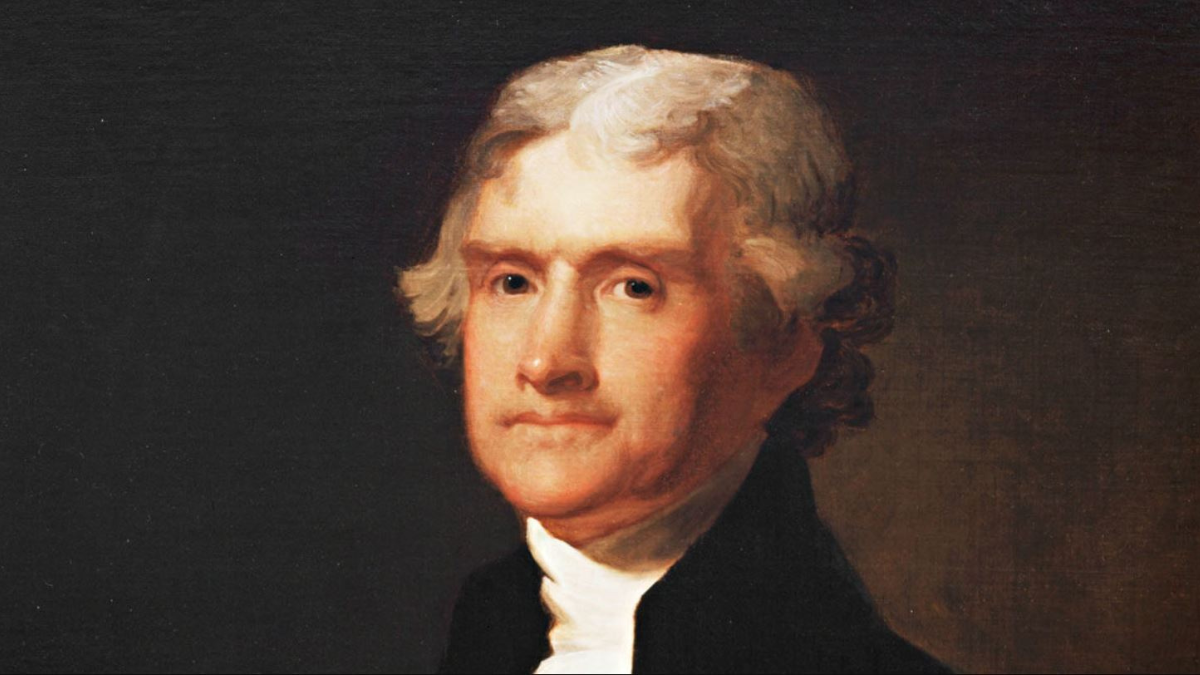

Who Jefferson’s Wall of Separation Was Trying to Keep Out
No statement about religious liberty has generated more controversy than when Thomas Jefferson, in his letter to the Danbury Baptists, prescribed “a wall of separation between church and state.”
01/9/23
John Stonestreet Kasey Leander

No statement about religious liberty has generated more controversy than when Thomas Jefferson, in his letter to the Danbury Baptists, prescribed “a wall of separation between church and state.”
The key question is what the wall was meant to keep out. Many assume Jefferson wanted to keep religion out of politics, but a new video from the First Liberty Institute explains the letter’s context. Feeling pressure from Connecticut’s established Congregationalist church, the Danbury Baptists (and Jefferson) wished to keep the government out of religion. Although not a Christian in any orthodox sense, Jefferson did not want religion abolished from public life. Just two days after writing the Danbury letter, for example, he began holding church services in the House of Representatives. This, as a recent Library of Congress exhibit made clear, was a deliberate way of supporting religion as an aspect of republican government.
And of course, Jefferson argued that “Nature and Nature’s God” is what endows people with inalienable rights, including the right to religious expression.
Topics
Danbury Baptists letter
Politics
Religion
Religious Liberty
Separation of Church and State
Thomas Jefferson
Have a Follow-up Question?
Up
Next

Related Content

© Copyright 2020, All Rights Reserved.













